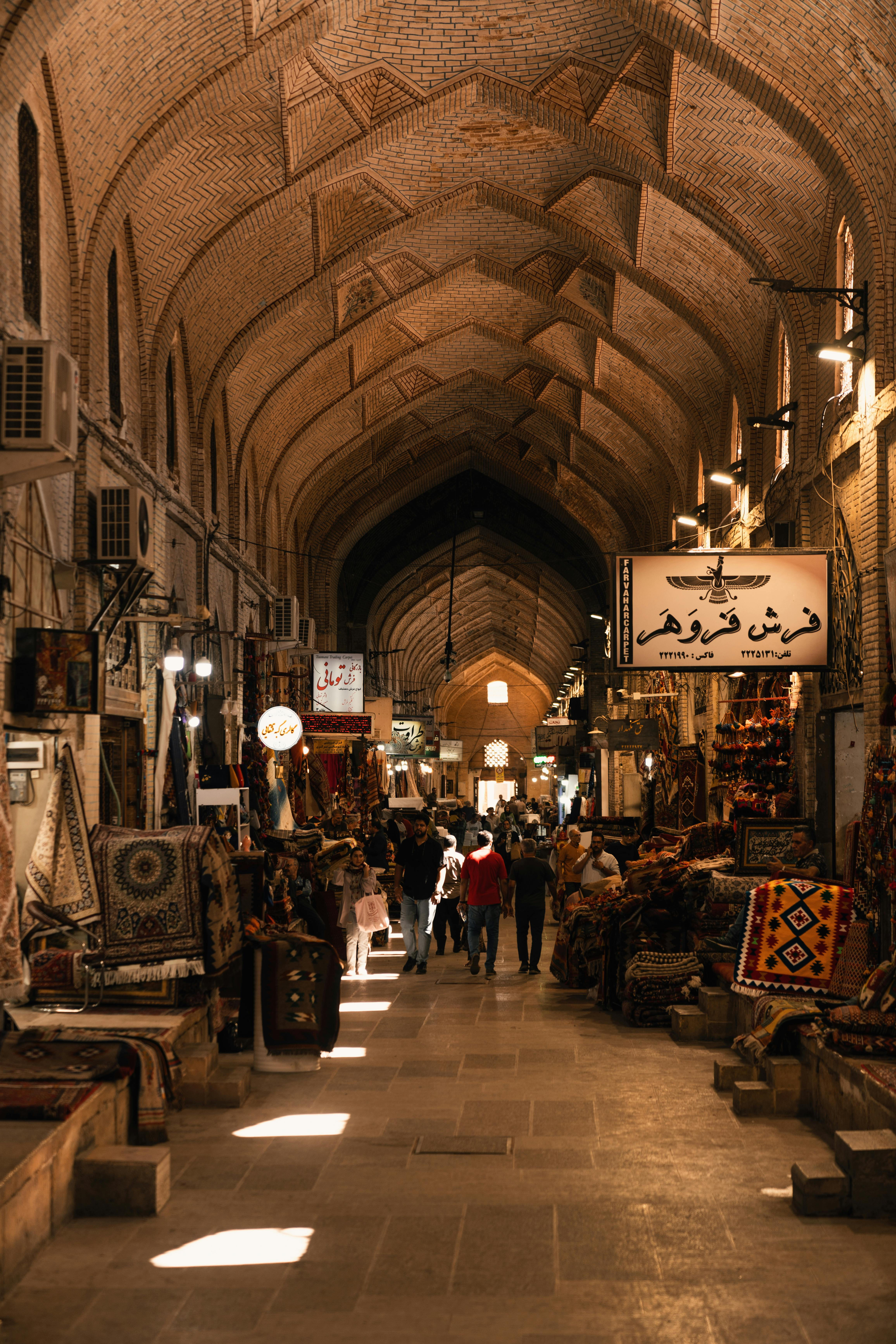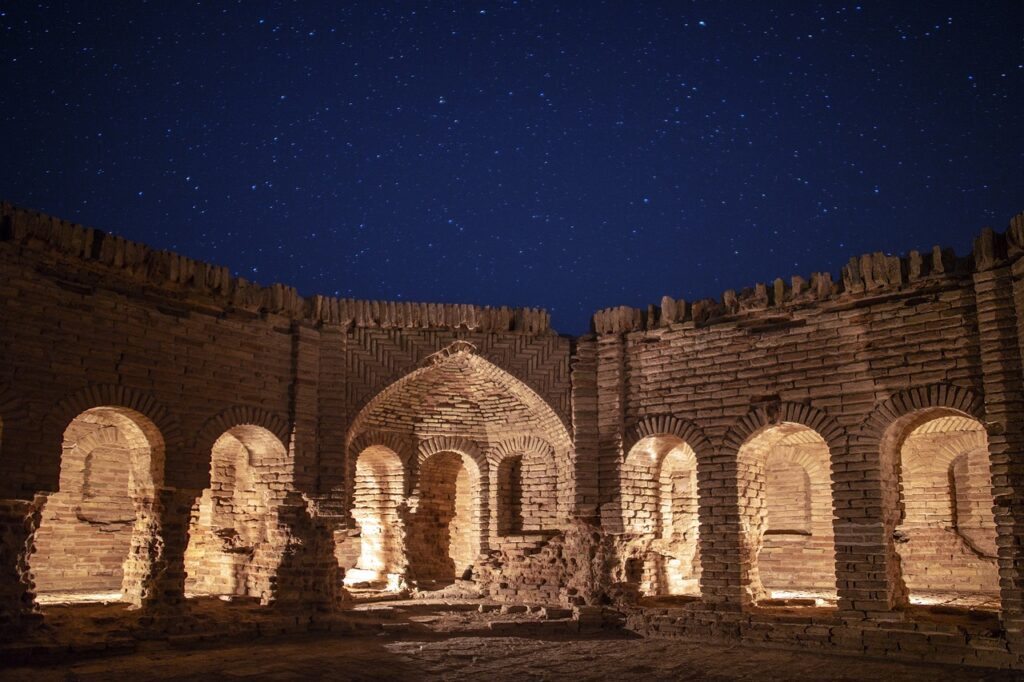Introduction: Iran, with its rich history, stunning landscapes, and warm hospitality, is a backpacker’s dream destination. Backpacking through Iran for a month can be a life-changing experience, offering a glimpse into a culture that dates back thousands of years. Despite its often misunderstood reputation, Iran is a safe and welcoming country for travelers. Here’s how you can make the most of your month-long adventure on a minimal budget, based on my own unforgettable journey through this incredible country.
Visa and Entry Requirements: Most nationalities can obtain a visa on arrival or an e-visa for Iran through https://evisa.mfa.ir/en/. However, it’s essential to check the latest requirements before your trip, as they can vary. The visa process is straightforward and typically requires a valid passport, travel insurance, and a recent passport-sized photo. Plan ahead to avoid any last-minute hassles.
Budgeting and Money Matters: Iran is one of the most budget-friendly destinations in the world for travelers. The official currency is the Iranian Rial (IRR), but due to the country’s complex dual-currency system, it’s more practical to use the Iranian Toman (1 Toman = 10 Rials) for everyday transactions. ATMs are widely available, but it’s advisable to carry enough cash, especially in smaller towns where ATMs might be scarce.
Accommodation: Iran offers a range of accommodation options to suit every budget. Hostels and budget guesthouses are prevalent in major cities and tourist destinations, offering clean and comfortable rooms at affordable prices. Couchsurfing is also a popular option and a fantastic way to connect with locals and experience Iranian hospitality firsthand.
Transportation: Getting around Iran is relatively easy and affordable, thanks to its well-developed transportation network. Buses: Buses are the most common mode of long-distance travel in Iran, connecting major cities and towns across the country. The buses are comfortable, with air conditioning and sometimes even onboard refreshments. There are different classes of buses, with “VIP” buses offering slightly more comfort at a higher price. However, for budget travelers, the standard buses are more than adequate. Tickets can be purchased at bus terminals or through travel agencies, with prices varying depending on the distance. Local Buses and Metro: Within cities, local buses and the metro are the most affordable ways to get around. Tehran, for example, has an extensive metro system that covers most parts of the city. Bus fares are typically very low, making them ideal for budget travelers. However, be prepared for crowded conditions, especially during peak hours. Shared Taxis: Shared taxis, known as “savari” or “khatti,” are a common sight in Iran and a convenient way to travel shorter distances. These taxis follow set routes and pick up passengers along the way. The fare is shared among the passengers, making it a cost-effective option. However, it’s essential to negotiate the fare before boarding to avoid any misunderstandings. Trains: Trains are another popular mode of transportation in Iran, offering a comfortable and scenic way to travel between cities. The trains are divided into different classes, with “first class” being the most comfortable but also the most expensive. For budget travelers, “second class” or even “economy class” are more affordable options. Train tickets can be purchased at train stations or through travel agencies.
Food and Dining: Iran’s food and street food culture is a culinary paradise waiting to be discovered! From crispy, golden samosas to savory kebabs and fragrant rice dishes, Iranian cuisine is a flavorful fusion of Middle Eastern, Central Asian, and Mediterranean traditions. And the best part? You can experience it all on a low budget! Street food stalls and markets offer delicious and authentic meals for a few dollars, while traditional restaurants serve up hearty stews and slow-cooked meats for under $10. Be sure to try the famous fesenjan stew, baghali polo (lamb shanks), and doogh (a refreshing yogurt-based drink). And don’t forget to wash it down with a cup of sweet tea or a glass of fresh orange juice. With a little adventurous spirit and a willingness to try new things, you can indulge in Iran’s rich food culture without breaking the bank. So come hungry and ready to explore the flavors of this incredible country!”

Sightseeing and Activities: Iran is home to a wealth of historical and cultural attractions, from ancient ruins to stunning mosques and palaces. Some must-visit destinations include Tehran, Isfahan, Shiraz, Yazd, and the ancient city of Persepolis. Many of these sites offer discounted or free entry to students, so don’t forget to carry your student ID if you have one. Exploring local markets (bazaars) is also a great way to experience Iran’s vibrant culture and pick up souvenirs at bargain prices.
Safety and Cultural Etiquette: Iran is a safe country for travelers, with low crime rates and a welcoming attitude towards visitors. However, it’s essential to respect the local customs and traditions. Dress modestly, especially in more conservative areas, and adhere to Islamic laws and practices. Iranians are known for their hospitality, so enjoy the free meal when you’re invited to share a meal or tea with locals.

Conclusion: Backpacking through Iran for a month on a budget is an enriching and eye-opening experience. By following these tips and embracing the local culture, you can create lasting memories and forge meaningful connections in this incredible country. So pack your bags, and get ready for the adventure of a lifetime in Iran!



